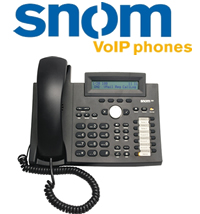Less well-known than competitors Plantronics and Jabra, but every bit as popular with VoIP Supply customers, VXI Corporation has released two new series of headsets designed for use with VoIP phones.
Passport 21 Series
The new Passport 21 series from VXI is a line of binaural headsets that incorporate the proven sound quality and durability of the VXI’s Passport 20 series with a lightweight construction that’s ideal for all-day use.
The Passport 21 series comes in three different models, based on the quick disconnect cord you’re using:
The Passport 21 series can be found for $110 and is currently shipping.
In addition to the Passport 21 series, VXI has also released the Tria series.
Tria Series
The Tria series are convertible monaural headsets that can be one of three different ways:
- Over the head
- Over the ear
- Behind the neck
This makes the Tria series perfect for light to moderate call center and office environments. Like the Passport series, the Tria series features VXI’s proven sound quality and durable, lightweight construction.
The Tria series can be found in there different models, again based on the quick disconnect cord you’re using:








